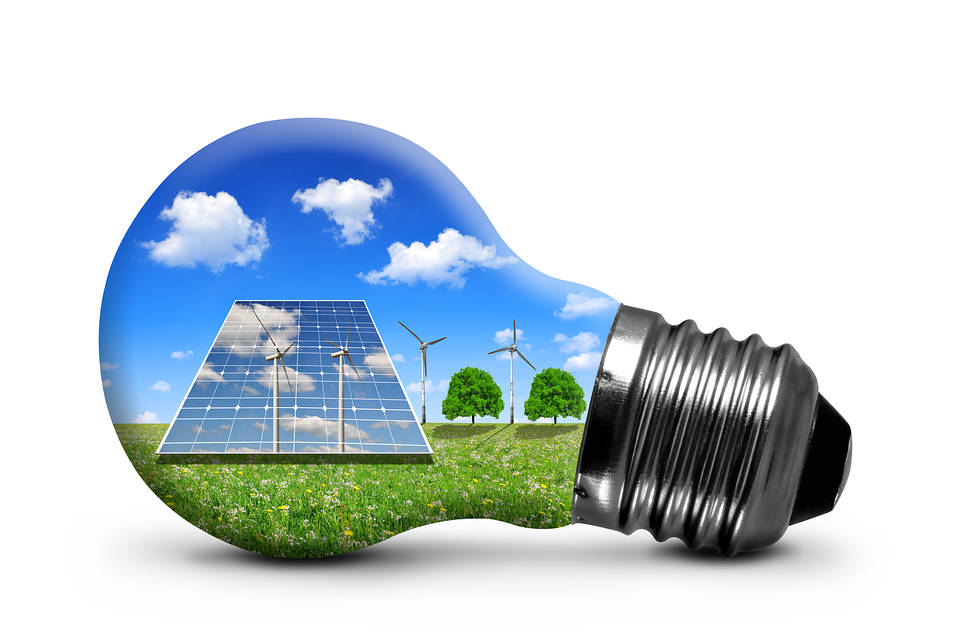Sources of renewable energy, including solar energy, wind energy, and hydropower, are competing in the race to reduce dependence on diminishing fossil fuels and traditional fee-based energy utility services. These increasingly popular energy alternatives can be used independently or in conjunction with existing utility-based energy grids, granting homes and businesses the ability to significantly reduce electricity costs over time and to contribute spare energy to the community via smart-grid technology.
Solar Energy
Solar power is a highly renewable energy source, and is gaining popularity around the world. The ‘photovoltaic effect’ acts to convert sunlight captured in solar panels into direct current (DC) electricity, which can then be converted to alternating current (AC) for use in homes. Solar energy systems are often tied into battery banks to store and use energy during cloudy weather or at night.
The benefits of using solar power in homes and businesses increase in areas with a long daily exposure to the sun, and diminish in areas that experience frequently cloudy weather and long winter seasons. Advances in solar panel technology, however, are making solar energy more affordable than ever, increasing the competitiveness of this alternative energy source.
Wind Energy
Wind energy can be captured and used in homes and businesses relatively easily using wind turbines. The turbines, mounted at specific heights, capture the wind’s kinetic energy by turning a ‘permanent magnet alternator’ located within the wind generator tower. The alternator produces what is termed ‘wild three-phase alternating current’, which varies in intensity according to the speed of the turbine’s rotation. This wild AC presents a unique challenge to utilizing wind energy, as the current must be converted into a steady stream of direct current for use in battery bank charging, and converted back to a steady stream of alternating current for use in standard electrical outlets.

An advantage of wind turbines over other alternative energy sources, such as solar panels, is that wind can be present during a variety of weather situations, regardless of the time of day. Wind turbines can be more costly and require more maintenance and repair than other renewable energy sources.
Hydropower
Hydroelectricity operates under much the same principle as electricity generated by wind turbines. The concept of a rotating turbine turning an alternator to create a flow of electricity is present, with the difference being the natural power source, in this case a flow of water, that is used to rotate the turbine. The amount of electricity generated by hydropower turbines depends on the speed and intensity of the water flow, and the amount of pressure present in the pipeline. Water pressure in the pipeline, referred to as ‘head’, can be built up by subjecting the water flow to a vertical drop before reaching the turbine.
A advantage that hydropower has over both solar and wind power is that a steady flow of water can be much more reliable than the weather-dependent factors of sun and wind. Turbines located in a naturally descending river, for example, can likely depend on a steady flow of electricity regardless of the season, weather conditions, or time of day.